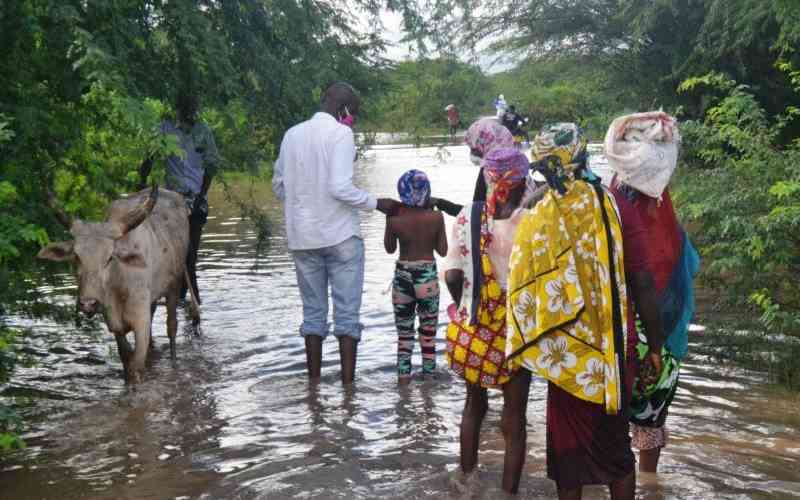×
The Standard e-Paper
Home To Bold Columnists

The High Court has dismissed a multi-billion-shilling case against Kenya Electricity Generating Company PLC (Kengen) after finding that deadly floods in six constituencies in 2018 were as a result of climate change and an 'act of God'.
Garsen Member of Parliament Ali Wario Guyo sued Kengen and the National Assembly, claiming that the power-generating company was to blame for allegedly opening the spillage due to the excessive rains.